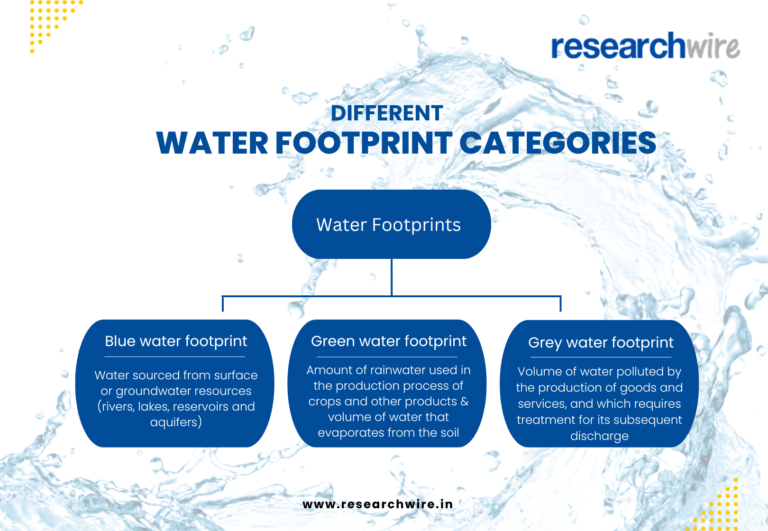Enhancing Water Footprint Calculation Methodologies for Sustainable Resource Management
Overview
Water footprint assessment has emerged as a crucial tool for understanding and managing water usage across various sectors. This comprehensive study delves into the intricacies of water footprint calculation methodologies, aiming to provide insights into improving resource management practices. By synthesizing diverse approaches, this analysis aims to address challenges, align with regulatory frameworks, and forecast future water usage trends.

Challenges
-
Complexity of Calculation:
Water footprint calculation involves intricate processes and variables, making it challenging to develop standardized methodologies.
-
Regulatory Compliance:
Aligning methodologies with Water Health Safety Management Plans (WSP) and Regulation on Water Abstraction and its Protection (RPEP) requirements poses regulatory challenges.
-
Forecasting Future Trends:
Predicting water footprint trends beyond 2030 demands consideration of factors like population growth, climate change, and technological advancements.
Solution
-
Literature Identification:
Comprehensive search for methodologies from scientific literature, patents, and market reports.
-
Synthesis of Methodologies:
Categorizing, reviewing, and analyzing identified methodologies to derive a unified framework.
-
Benchmarking:
Evaluating methodologies based on sector relevance, water type coverage, geographic adaptability, hazard consideration, and regulatory compliance.
-
Future Forecasting Models:
Developing models to project water footprints considering demographic shifts, climate variability, and technological advancements.
Result
-
Unified Methodology Framework:
A synthesized approach incorporating blue, green, and grey water footprint calculations, aligned with regulatory standards.
-
Enhanced Accuracy and Applicability:
Improved methodologies enable more accurate assessments of water usage across sectors and geographical scales.
-
Regulatory Compliance:
Methodologies are tailored to meet WSP and RPEP requirements, ensuring adherence to water management regulations.
-
Future-Proofing:
The development of forecasting models facilitates proactive resource management by anticipating future water usage trends.
Conclusion
This study underscores the significance of advancing water footprint calculation methodologies for sustainable resource management. By addressing challenges, aligning with regulations, and forecasting future trends, the proposed framework offers a comprehensive solution for optimizing water usage across diverse sectors. Through collaborative efforts and continued research, we can pave the way for more effective water resource management practices, contributing to environmental sustainability and societal well-being.





